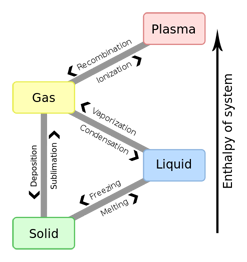

|
The International Workshop on
|
Abstract The mechanisms of explosion of different type supernovae (SNe) are discussed. At least four mechanisms are under detailed inspection of scientific community for core-collapse SNe. They are the instability of standing accreting shock front that results in the large scale 3-dimensional hydrodynamic flows, the phase transition from nuclear to quark matter, the magnetic-rotational expulsion of supernova envelope, and rotational fission of collapsing stellar core into a pair of proto neutron stars. The mechanism of explosion of cosmological SNe (of Type Ia) is physically understood as the thermonuclear explosion of carbon-oxygen-helium matter. However there exists a serious problem with modeling of the structure and propagation of unstable thermonuclear flame that is crucial for numerical agreement with observations.
Reference:
|